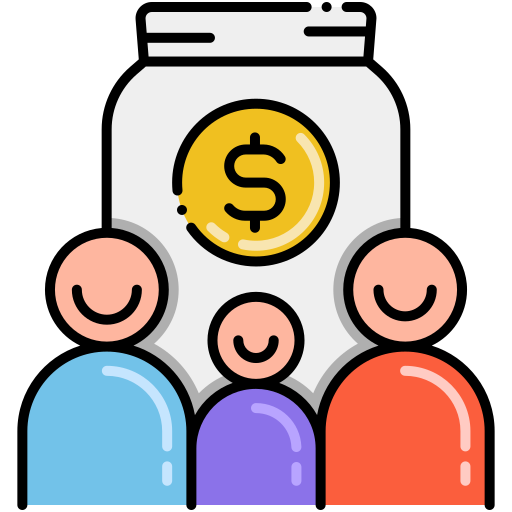I came across this hilarious video earlier in the week. It’s a young British girl raging about the price of ice cream:
I posted it in an economics group I’m part of and a friend made a very interesting observation:

If you’d like to educate your kids a little more on inflation, watch the cartoon series “Tuttle Twins” with them. Here’s a excerpt from an episode about inflation:
Closely linked to inflation is interest. A few people have asked me to add a feature to Bomad to allow them to automatically pay interest to their kids. One of them is a personal friend of mine. Currently he manually calculates the interest and adds it to their accounts every month. He even varies the interest rate by the age of the child: he pays his younger daughter a higher rate of interest than his older sons.
He does this because younger kids have what is called a “higher time preference”. They want immediate gratification. The “marshmallow test” is a famous experiment which demonstrates this. Children are given 1 marshmallow. If they can go 10 minutes without eating it, they get another one:
In this video, it’s no surprise that the 4 year old eats her marshmallow while the 6 year old manages to hold out. Similarly, younger kids find it much harder to save than older kids. By paying your younger kids a higher interest rate, you compensate for this disadvantage. Perhaps the guy in the video should have offered the 4 year old 2 extra marshmallows instead of 1?
I’m not really sure how I feel about paying interest to my kids. It seems a little too artificial. Running virtual bank accounts (essentially just loan accounts) for them feels very natural: it saves us the hassle of using real bank accounts or cash. But if I start paying them interest, that’s really just an extra expense for me. It’s not like I’m earning any interest on their Bomad balances.
Also, inflation always beats interest in the real world. My own mother is a big saver. I’ve explained to her that inflation is shrinking her purchasing power faster than interest is growing it. She’s very risk averse and not at all financially sophisticated, so I suggested to her that she buy gold instead of holding large cash balances. Her response: “is that even legal?” 😔
But her folly pales in comparison to my father’s: he spent practically every cent he earned that same month, and then some. He never accumulated any assets, and left only debt when he passed away.
So of course saving is much better than not saving, but interest should only be a bonus, not the main reason to save. I can imagine my own daughter confronting me in the angry manner of that British girl:
“Dad! You told me to save my 10 pounds instead of buying a Barbie. Now I have 11 pounds, but a Barbie costs 12!” 😡😡😡
Practical advice
If your kids want to accumulate larger balances, I think it’s best to do that in a CD (also called interest-paying time-deposits or fixed deposits, depending on where you live). You could do it in chunks of $50, for example. Start by setting a goal for them to save $50:

When the goal is achieved, deposit $50 into the CD account, then add an “external account” to Bomad to track the balance:

As deposits and interest accumulate in the CD, you will need to update the balance. Bomad provides a nice overview of what’s going on:

In this example, you can see that Mary has saved up $21 of the $50 needed for the next deposit into the CD, and so far the CD has accumulated $110.45.
I certainly don’t rule out adding an interest feature to Bomad at some point - I’m a firm believer in giving customers what they want. But like I said last week, I prefer encouraging kids to save for assets. I’ve wrote more about this last year, so you might want to check that out too.
